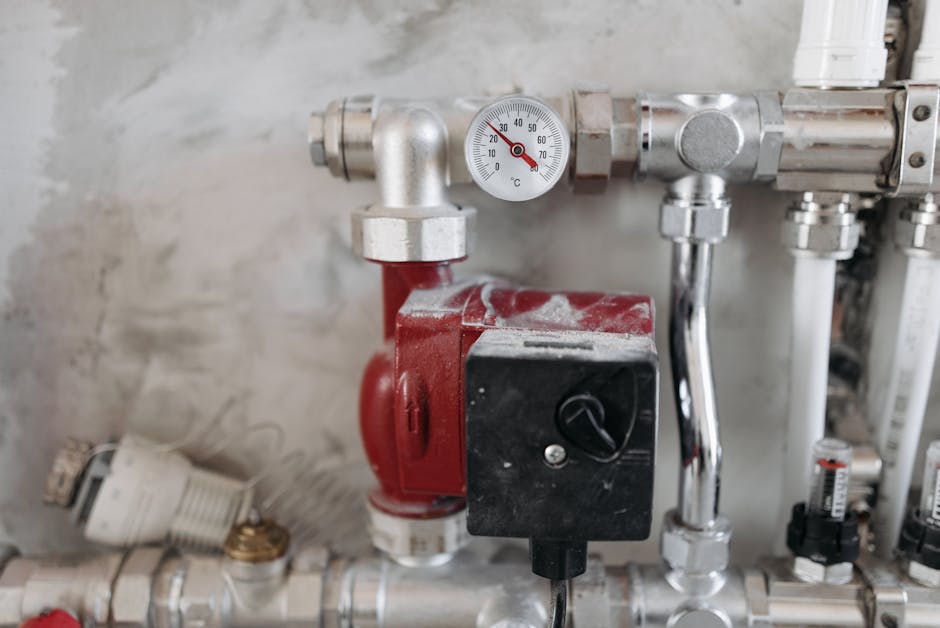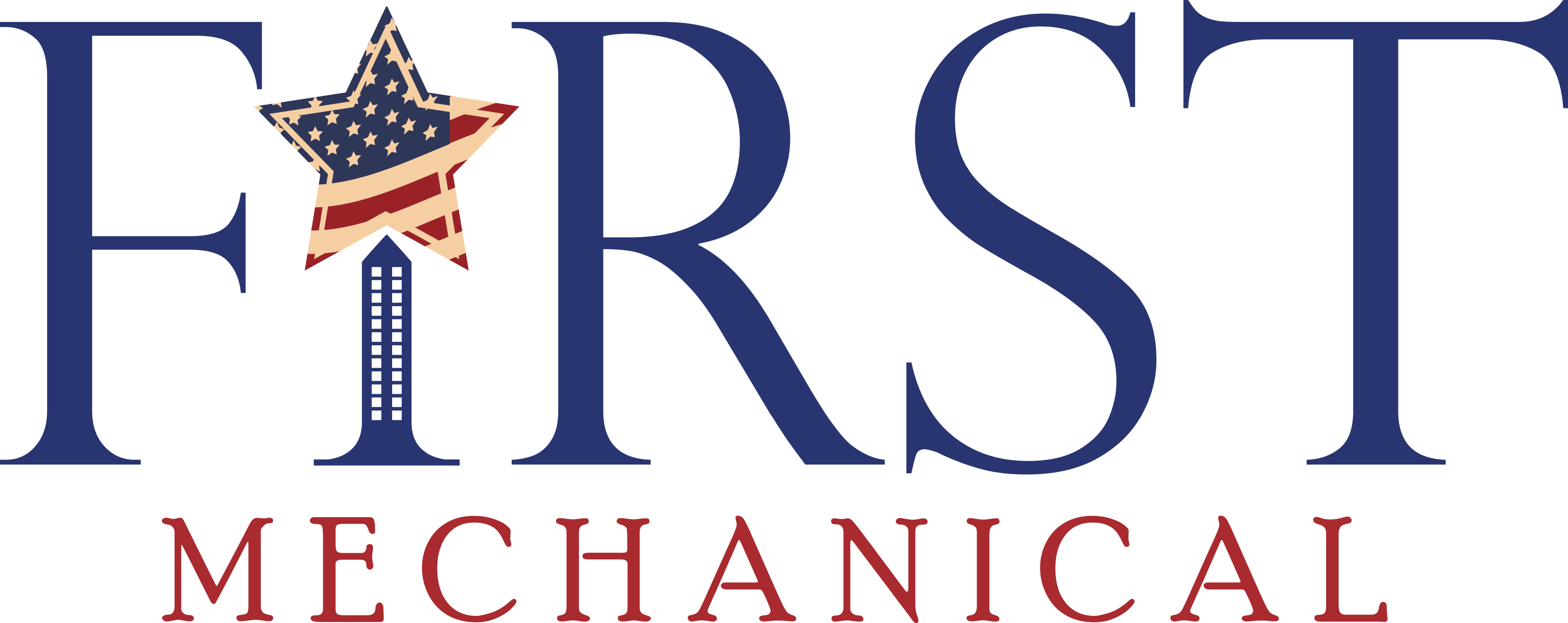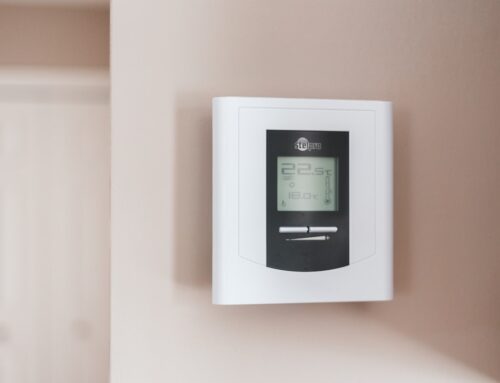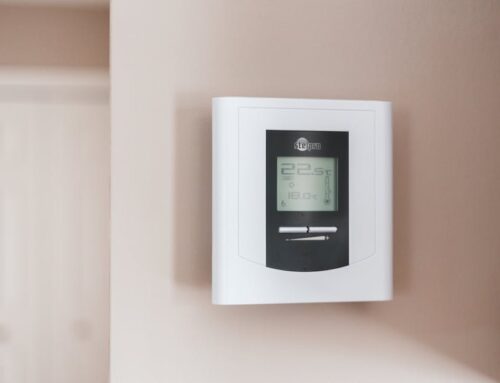
HVAC controls are the backbone of modern temperature regulation and air quality management in buildings. These systems are essential for maintaining comfort and efficiency, especially in large commercial spaces. If you’re curious about how these controls work and why they’re vital, here’s a quick breakdown:
-
Temperature Regulation: HVAC controls ensure consistent indoor temperatures. They adjust heating and cooling systems based on pre-set criteria or real-time data, maintaining a comfortable environment regardless of external conditions.
-
Air Quality: Proper ventilation and air filtration are key. HVAC controls manage airflow, reduce pollutants, and maintain indoor air quality for healthier living and working spaces.
-
Energy Efficiency: By optimizing how heating and cooling systems work, HVAC controls help reduce energy consumption, leading to cost savings and environmental benefits.
In an era where smart building technology is shaping the future, understanding HVAC systems is crucial for facility managers like Frank, who is responsible for maintaining the comfort and functionality of large commercial properties. This guide will dig into the intricacies of HVAC controls, offering insights into how these systems operate and highlighting their importance in modern building management.
Understanding HVAC Controls
To grasp the full potential of HVAC controls, dive into the core components that make these systems tick. Let’s explore three critical elements: programmable logic controllers, human-machine interfaces, and SCADA functionality.
Programmable Logic Controllers (PLCs)
Programmable Logic Controllers (PLCs) are the brains behind HVAC systems. These digital computers are used to automate the control of mechanical systems, ensuring everything runs smoothly. They process inputs from various sensors and execute pre-programmed sequences to manage heating, ventilation, and air conditioning efficiently.
Imagine a busy office building in Tampa, where the indoor climate needs to be just right for productivity. PLCs help achieve this by continuously monitoring temperature and humidity levels and making real-time adjustments to the HVAC equipment.
Human-Machine Interface (HMI)
The Human-Machine Interface (HMI) is the bridge between humans and machines. It allows facility managers to interact with the HVAC system through a user-friendly interface, often on a computer or touchscreen.
With HMI, operators can easily monitor system performance, make adjustments, and troubleshoot issues without needing to dive into complex programming. For instance, if a section of a commercial building in Melbourne is too warm, the facility manager can quickly tweak settings using the HMI to restore comfort.
SCADA Functionality
SCADA (Supervisory Control and Data Acquisition) functionality adds another layer of control and monitoring to HVAC systems. It enables remote supervision of the entire system, providing real-time data and analytics to optimize performance and energy usage.
Consider a large retail store that wants to ensure consistent comfort for shoppers while minimizing energy costs. SCADA systems can collect data from various sensors and equipment, allowing the store manager to make informed decisions about energy consumption and system maintenance. This not only improves efficiency but also helps in identifying potential issues before they become major problems.
By understanding these components, facility managers can better appreciate how HVAC controls contribute to a comfortable and efficient environment. As we continue exploring, we’ll dig into the different types of HVAC controls and their specific applications.
Types of HVAC Controls
When it comes to HVAC controls, there are a few different types that you should know about. Each type plays a critical role in regulating temperature and air quality. Let’s break them down into four main categories: electrical, mechanical, electromechanical, and electronic controls.
Electrical Controls
Electrical controls are the backbone of many HVAC systems. These controls use electrical signals to manage the operation of various components like fans, compressors, and pumps. Think of them as the traffic lights of the HVAC world, directing the flow of electricity to ensure everything runs smoothly.
For example, in a busy commercial building in Tampa, electrical controls are essential for coordinating the cooling and heating processes, ensuring that the building’s climate is comfortable for all occupants.
Mechanical Controls
Mechanical controls are the old-school heroes of HVAC systems. They rely on physical mechanisms to operate, such as levers, gears, and valves. These controls are often found in older systems and are known for their durability and simplicity.
Imagine a vintage office building in Melbourne that still uses a mechanical thermostat to regulate its heating system. While they might lack the precision of modern controls, mechanical controls are reliable and require minimal maintenance.
Electromechanical Controls
Electromechanical controls combine the best of both worlds: the reliability of mechanical controls and the precision of electrical controls. These systems use electrical signals to actuate mechanical components, offering improved accuracy and control.
In a modern office, electromechanical controls might be used to operate dampers that regulate airflow. This ensures that each room receives the right amount of conditioned air, maintaining comfort and efficiency.
Electronic Controls
Electronic controls are the high-tech option in HVAC. They use microprocessors and digital sensors to provide precise and automated control over the system. These controls can be programmed to optimize energy use and improve system performance.
For instance, a smart thermostat in a Tampa office can adjust temperatures based on occupancy patterns, reducing energy waste and enhancing comfort. Electronic controls are often integrated with building automation systems for seamless operation and monitoring.
Understanding these different types of HVAC controls helps in selecting the right system for your needs. Whether you prioritize reliability, precision, or advanced automation, there’s a control type that fits the bill. Next, we’ll explore Direct Digital Control (DDC) Systems and their role in modern HVAC solutions.
Direct Digital Control (DDC) Systems
Direct Digital Control (DDC) systems are the brains of modern HVAC systems. They bring a new level of intelligence and efficiency to heating and cooling management, changing how buildings maintain comfort and energy efficiency.
Central Controllers
At the heart of a DDC system is the central controller. Think of it as the command center. It processes data from various inputs and makes decisions to control HVAC operations. For example, in a busy office in Tampa, the central controller might adjust cooling settings based on the number of people present and the outside temperature.
Programmable Features
DDC systems are highly programmable, meaning they can be customized to meet specific needs. Want the office to cool down just before employees arrive? No problem! The programmable nature allows for scheduling and adjustments, ensuring that the HVAC system runs efficiently. This flexibility is especially beneficial in commercial buildings where energy costs can be significant.
Analog and Digital Inputs
DDC systems use both analog and digital inputs to gather information. Analog inputs might include temperature or humidity levels, while digital inputs could be simple on/off signals from devices like thermostats. By processing these inputs, the DDC system can make precise adjustments to maintain optimal conditions within a building.
Building Automation
One of the standout features of DDC systems is their ability to integrate with building automation systems (BAS). This integration allows for centralized control and monitoring of the entire building’s environment. For instance, in a large facility in Melbourne, the DDC system can work with the BAS to adjust lighting and HVAC settings based on occupancy, creating a smart and energy-efficient environment.
By embracing DDC systems, businesses can achieve greater control over their HVAC operations, leading to improved comfort and significant energy savings. The next section will dig into Building Automation Systems (BAS) and how they improve the capabilities of HVAC systems.
Building Automation Systems (BAS)
Building Automation Systems (BAS) are like the conductor of an orchestra, ensuring all parts of a building’s environment work in harmony. They bring together various systems like HVAC, lighting, and security to create a smart, efficient building.
Monitoring
Monitoring is a key feature of BAS. It allows building managers to keep an eye on all systems from a central location. For example, in a busy office in Tampa, a BAS can track the HVAC system’s performance, alerting staff if something needs attention. This continuous monitoring helps prevent issues before they become costly problems.
Remote Control
With BAS, you can control building systems remotely. Imagine adjusting the temperature of a conference room in Melbourne from your phone. This remote control capability means you can manage your building’s environment from anywhere, ensuring comfort and efficiency at all times.
Occupancy Scheduling
Occupancy scheduling is another powerful tool in BAS. By programming the system to adjust settings based on when and where people are in the building, you can save energy and reduce costs. For instance, if a section of the building is empty in the afternoon, the BAS can automatically lower the heating or cooling, saving energy and money.
Interface Options
BAS come with various interface options that make them user-friendly. Whether it’s a touchscreen in the lobby or a smartphone app, these interfaces let users easily interact with the system. This accessibility ensures that even non-technical staff can manage building systems efficiently.
By integrating BAS into your building, you can improve the capabilities of your HVAC systems, leading to a more comfortable and energy-efficient environment. This is especially important for businesses looking to reduce costs and improve sustainability.
Next, we’ll explore the cost and efficiency of HVAC systems, offering insights into how you can maximize your investment.
Cost and Efficiency of HVAC Systems
When it comes to HVAC systems, cost and efficiency are two sides of the same coin. Understanding how to balance them can help you save money while maintaining a comfortable environment.
Energy Efficiency
Energy efficiency is crucial for reducing operating costs. Did you know that HVAC systems account for nearly half of a commercial building’s energy consumption? By optimizing energy use, businesses can cut costs significantly. One way to achieve this is by using programmable thermostats. These devices allow you to set precise temperature schedules, ensuring the system runs only when needed.
Another strategy is implementing zone control systems. These systems tailor heating and cooling to specific areas, minimizing energy waste in unoccupied zones. For example, in a large office building in Tampa, zone control can ensure that only occupied areas are heated or cooled, which saves energy and money.
Maintenance
Regular maintenance is key to keeping your HVAC system efficient and extending its lifespan. Simple tasks like changing air filters and inspecting for leaks can prevent larger, more costly problems.
For instance, a clogged air filter can reduce airflow, causing the system to work harder and use more energy. Replacing filters regularly is a small step that can lead to big savings. Similarly, checking for coolant leaks can prevent issues that might lead to uneven cooling or increased energy bills.
Cost-Saving Tips
Here are some cost-saving tips to help you get the most out of your HVAC system:
- Optimize Thermostat Settings: Raise the temperature a few degrees during non-business hours to save on energy costs.
- Improve Insulation: Proper insulation reduces heat transfer, improving efficiency. Seal any gaps in windows or ductwork to prevent air leakage.
- Upgrade to Smart Controls: Smart thermostats and BAS can automate energy-saving adjustments, making your system more efficient without requiring constant attention.
By focusing on energy efficiency, regular maintenance, and smart cost-saving strategies, you can maximize the value of your HVAC system. This approach not only reduces expenses but also contributes to a more sustainable environment.
Next, we’ll tackle some frequently asked questions about HVAC controls to further clarify their role and benefits.
Frequently Asked Questions about HVAC Controls
What are the controls in HVAC systems?
In HVAC systems, controls are like the brain of the operation. They are computerized mechanisms that help regulate temperature, airflow, and overall comfort. Think of them as the invisible hand that adjusts your environment to keep you cozy or cool.
These controls use data from sensors to make decisions. For example, if it’s too warm, the system will cool things down. This constant adjustment ensures the space stays just right, without wasting energy.
What controllers are used in HVAC?
There are several types of controllers used in HVAC systems, each with a specific role. One of the most common is the Programmable Logic Controller (PLC). This device acts like a traffic cop, directing signals between sensors and the HVAC equipment.
PLCs are great because they can handle complex tasks and are programmable. This means they can be customized to fit the unique needs of any building. They also support data logging, which helps track system performance over time. This data can be used to spot trends and make improvements.
What is HVAC control job?
The job of an HVAC control system is all about energy management and software programming. It’s designed to optimize how much energy the system uses, ensuring efficiency and comfort without breaking the bank.
Software programming is key here. It allows the system to follow a set of rules or logic to maintain the desired environment. For example, if the building is empty, the system can automatically lower energy consumption to save costs.
In a nutshell, HVAC controls are essential for keeping everything running smoothly. They not only adjust temperatures but also help manage energy use, making sure everything operates efficiently. This is why upgrading to smart controls can be a game-changer for both comfort and cost savings.
Conclusion
At First Mechanical, we understand that a well-functioning HVAC system is crucial for any commercial space. That’s why we offer comprehensive HVAC services custom to meet your specific needs. Whether you’re in Tampa, FL, or Melbourne, FL, our team is ready to provide top-notch solutions that ensure your environment is comfortable and efficient.
Our commercial HVAC solutions are designed to improve the performance of your systems while keeping energy costs in check. We specialize in the installation, repair, and maintenance of HVAC systems, ensuring they operate at peak efficiency. Our expertise extends to building automation, allowing for seamless integration of HVAC controls into your existing infrastructure. This means more than just temperature control—it’s about creating an intelligent system that adapts to your building’s unique demands.
With our fast response times, especially for emergency repairs, you can trust us to keep your HVAC systems running smoothly. We believe in transparency and quality service, so you can experience the comfort and reliability you deserve without any hidden fees.
Ready to optimize your commercial HVAC system? Contact us today to learn more about how our comprehensive services can benefit your business. Let’s take control of your environment together.














